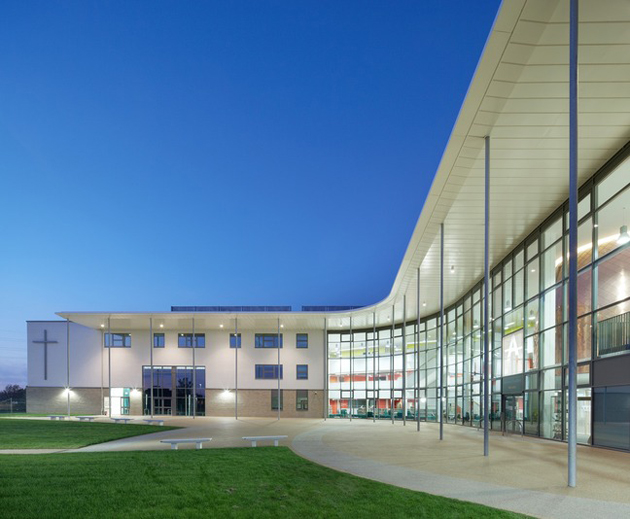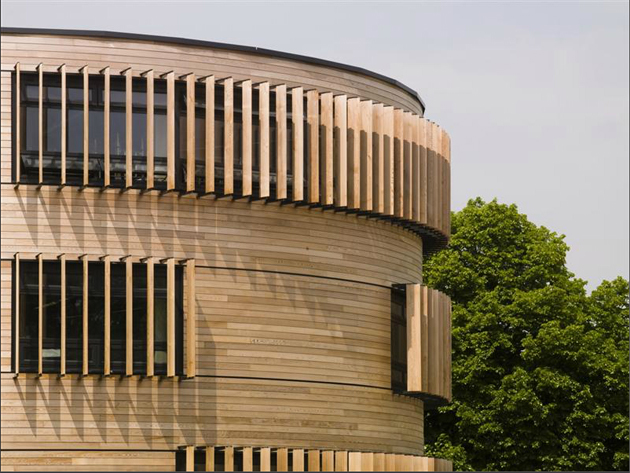Can Design Affect Education?
A few months ago UK government’s education secretary Michael Gove has announced new guidelines for educational architecture. The guidelines state that there should be “no curves or ‘faceted’ curves, corners should be square, ceilings should be left bare and buildings should be clad in nothing more expensive than render or metal panels above head height, as much repetition as possible should be used” with the obvious goal of diminishing the government spending on school building costs. While we can all agree that no government’s money should be spent on architectural extravaganza, we should take a step back in the process and try to understand what design is, or should be, all about.

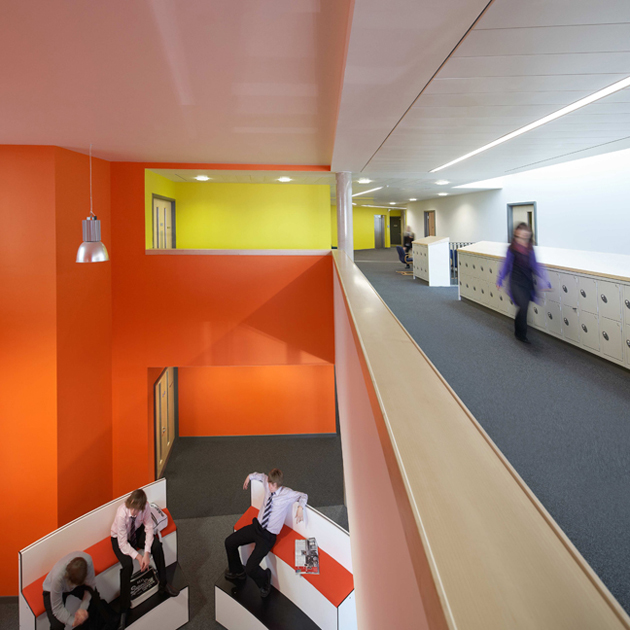
Despite the fact that it has become commonly associated with all sorts of stylish products and luxury buildings, architecture and design do have a strong social and cultural purpose at their base and, if used well as an instrument, can help our lives become a great deal better than we could even imagine. Even though we might not get that far and state that “the simplified design guidelines are the architectural equivalent of feeding children McDonald’s every day”, as one of the architects protesting about the proposal has stated, there still seems to be plenty of space to offer a re-evaluation of the significance of architecture in our lives.
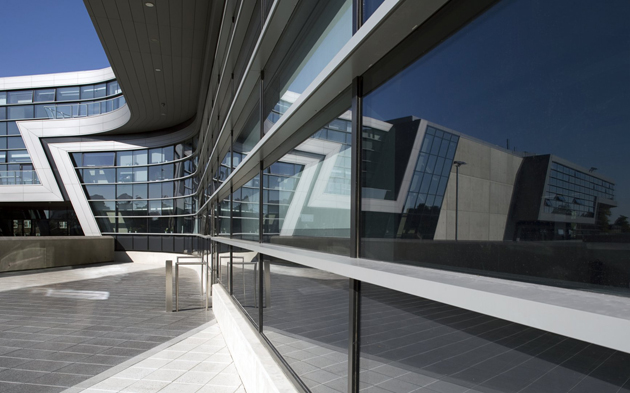
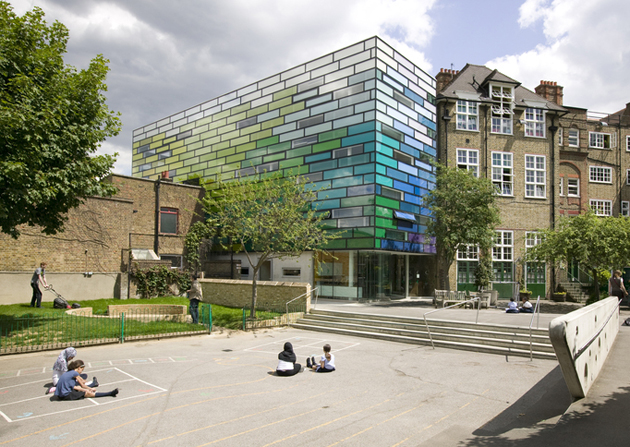
In fact, a recent study has found that “well-designed classrooms could improve pupils’ progress in lessons by as much as 25%”. Besides the practical implications of narrow corridors and small classrooms that might make both students’ and their professors’ environment a bit less pleasant and more difficult to manage, there seems to be some obvious evidence of the relation between educational environment and learning progression. The Salford study has found that the following principles affect most the brain functions: how “natural” it felt to be in the room, the extent to which the room felt individual to its occupants, and whether it stimulated them. It might not seem much or very revolutionary, but it is clear that a well-designed school does make a difference, and not only from an aesthetical point of view. While anyone might argue that design equals more money, we must strongly disagree. Good design actually implies that maximum result could be obtained even on a tight budget while also having “a truly positive effect on the way children learn”. Some reasons for Mr. Gove to maybe seriously reconsider what design is all about.
